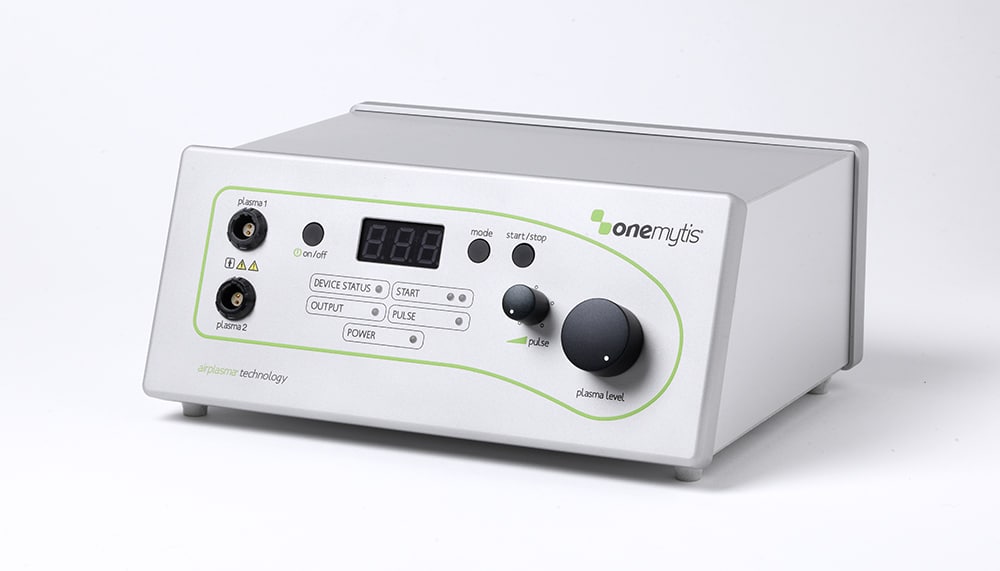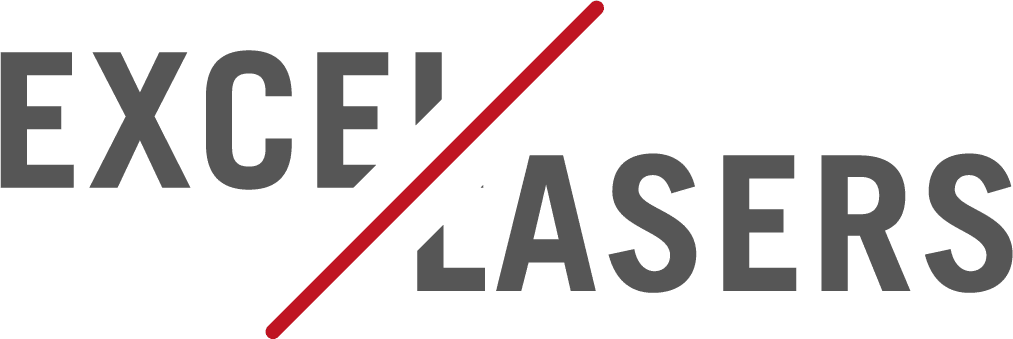Case study – Onemytis®

The Onemytis® 2 is now available in the UK
Read about ‘revolutionary’ Onemytis® in the Vet Times
I don’t think I’m overstating it to say this is the future of soft tissue veterinary surgery. It’s brilliant.”
Julian Hoad, Crossways Veterinary Group, West Sussex
Onemytis® – 4 years on
I was excited when I first got the Onemytis airplasma surgery unit just over four years ago. I’m still excited! There is something rather magical about using the Onemytis: the surgical precision is better than using a scalpel because you do not need to apply pressure to cut the tissue: it simply divides as the tip approaches half a mm from the tissue. The haemostat effect of the air plasma ensures that the capillaries do not bleed, so you get a lovely blood-free surgical field. Some larger vessels require a little ‘spatter-painting’ with the tip of the Onemytis – you hold the tip slightly further away from the surface of the tissue – usually around 1mm and move it in a little circle. This produces a wider area of carbonised tissue (2-3mm diameter), which effectively stops bleeding without the need to use suture material. Although I do still ligate the larger vessels, I have dramatically reduced the amount of suture material I leave in wounds: thereby reducing the risk of suture infections and reactions.
Although I have not used the Onemytis for ‘surgery-free’ entropion correction (whereby the tip is used at low intensity to induce scar tissue that pulls the eyelid out), I do use it for surgical entropion correction. Again, the excellent haemostasis results in better visualisation and reduced post-operative swelling.
One of my favourite uses for the Onemytis, however, is in nares widening. Resecting a wedge of tissue from the alar folds of dogs with stenotic nares, and suturing the wedge closed results in a wider nasal opening, often giving the patient a hugely improved oxygen intake and massively improving quality of life. Sharp dissection of the wedge is messy, as the alar folds bleed briskly. It can take quite a while to place the sutures amidst the pool of blood: it also makes it tricky to get the resections symmetrical (you don’t want one large and one small nostril!). With the Onemytis, there is no bleeding and it is very easy to precisely cut much as you want – and to take more tissue accurately if you need to. My average time now for bilateral nasal widening is around 4 minutes!
I have recently started using the Onemytis to trim or resect damaged meniscal cartilage during cruciate surgery. Even using a stifle distractor at full stretch, together with a pair of Gelpi retractors, gaining access to torn cartilage with a scalpel blade can be tricky. The long tip attachment to the Onemytis allows easier access to the cartilage, and enables you to be able to visualise it much more easily. You can then precisely remove the damaged section of cartilage and the Onemytis will smooth the edges of the resected menisci very nicely.
Because it is very easy and quick to set up the Onemytis, it has become fairly standard to be able to remove a small ‘wart’ during outpatient clinics at the Practice. With a small bleb of local anaesthetic and a surgical prep, provided the patient can easily be held still (I usually lie them on a fleecy blanket), then small skin growths can be removed in seconds. Depending on the depth and size of the wound, I will either leave them to granulate over, or apply a suture or a staple. This is ideal for elderly patients, or those who are poor anaesthetic candidates.
In short, I still enjoy using the Onemytis for its speed, precision and haemostasis: I’m sure I am not yet using it to its full capacity and I shall look forward to finding more uses and applications for it.
Oh, and it’s ideal for stopping nails bleeding!
Dr Julian Hoad BSc(hons) BVetMed honMBVNA MRCVS
Clinical Director Crossways Veterinary Group
Get in touch
Talk to us if you are considering investing in lasers for the first time or think you could be doing more with them in your practice. We are here to help.

